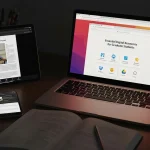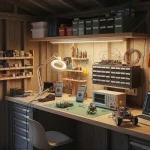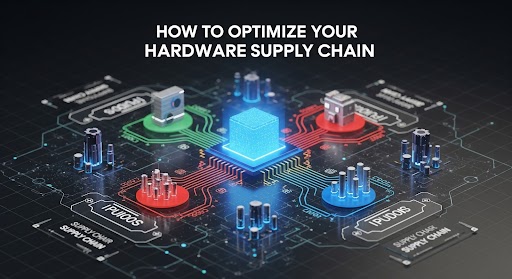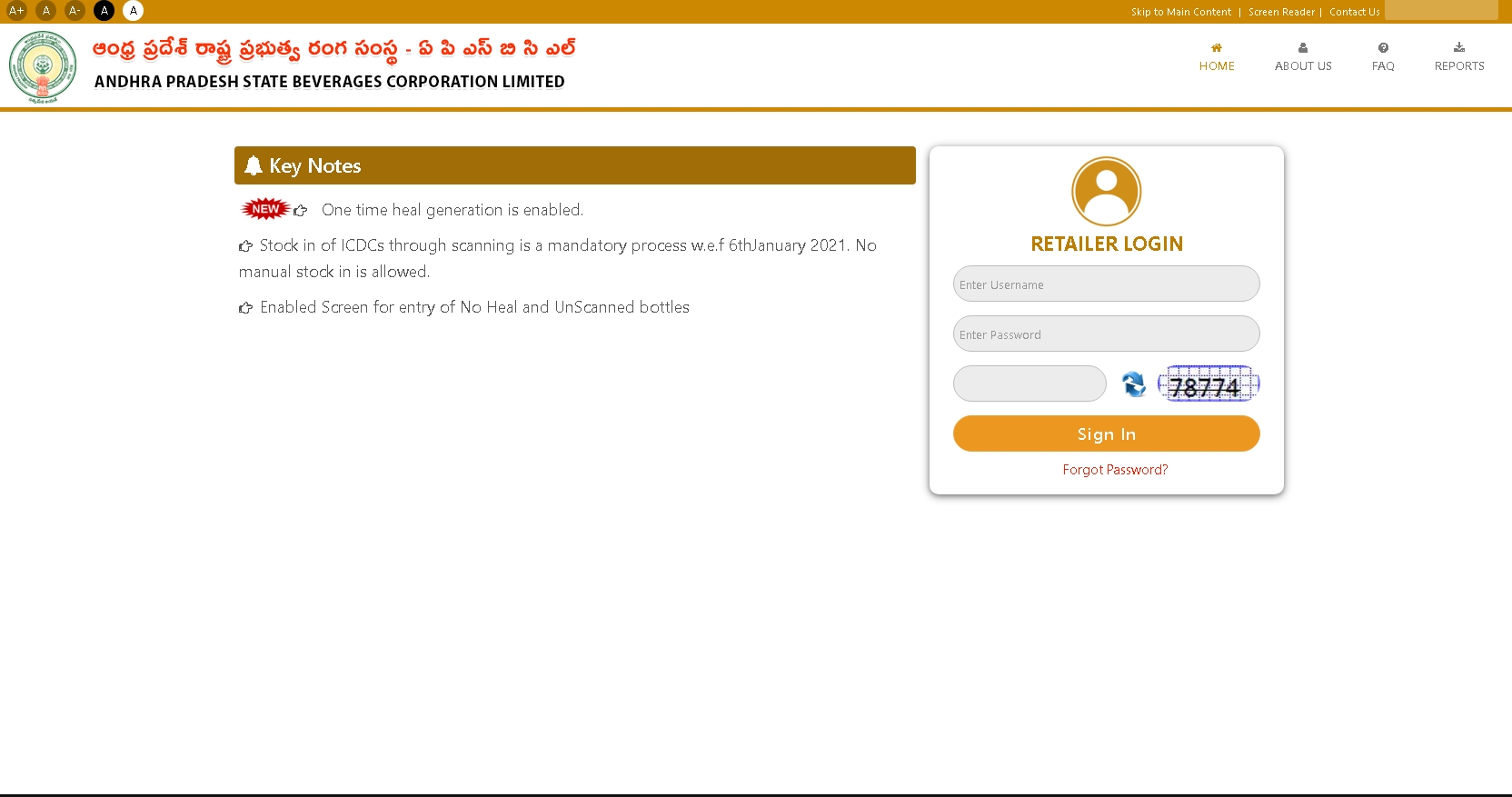The Lifecycle of a MacBook: Hardware, Software, and Resale Value Over Time
vinay November 27, 2025 0 COMMENTS
Every MacBook has a natural rhythm to its life. It begins as a cutting-edge machine, grows into a reliable daily companion, shifts into a secondary role as it ages, and eventually reaches a crossroads where either continued use or resale makes more sense than holding on. Although Apple devices are known for their longevity, they follow a predictable lifecycle influenced by software support, hardware capability, user expectations and the ever-shifting used-tech market. Understanding that lifecycle not only helps you plan when to upgrade, but also gives you the clarity to decide when it’s smarter to sell MacBook hardware rather than continue stretching its lifespan.
In the early years of ownership, a MacBook is at its strongest. Its battery is healthy, the internals match modern software demands, and macOS updates still bring exciting new features instead of warnings about incompatibility. During this phase, the resale value is high because buyers know they’re getting a machine with years of support ahead. Creative professionals, students and remote workers all look for models in this window. They’re not buying out of necessity—they’re buying for performance, reliability and future-proofing. At this stage, a MacBook still feels fast enough that owners rarely think about selling, but ironically, it’s also the optimal moment to do so if return value is a priority.
As the machine enters the middle of its lifecycle, the big shifts begin. Apple starts limiting certain new features to newer chips, browsers and creative tools become more demanding, and battery life slowly contracts. None of this makes the MacBook unusable, but it gradually alters the experience. Apps take longer to load, multitasking feels tighter and the machine’s thermal behaviour becomes more noticeable. Yet it’s also during this middle period that the device is still perfectly suited for lighter roles: writing, browsing, remote meetings, streaming or document work. Many users repurpose their older Mac into a secondary computer at home or at work, while others—aware that resale value is beginning its downward slide—choose to sell it before the next macOS cycle lowers its appeal on the market.
The software-support phase is where the value curve bends sharply. Apple eventually drops older models from its major macOS updates. When that happens, security patches continue for a while, but new features stop arriving and some third-party apps begin to drift away from full compatibility. For many users, this marks the moment they start thinking seriously about upgrading. The MacBook still functions, often very well for everyday tasks, but the long-term future becomes limited. Online services grow heavier; creative suites require newer frameworks; browsers expand memory footprints. Even users who don’t need cutting-edge performance start to feel the subtle friction of ageing software foundations beneath an otherwise capable machine.
In the later years—typically after two or three cycles of missing major updates—the hardware enters what could be considered the legacy stage. This doesn’t mean the MacBook has no value. In fact, it often remains an ideal device for offline tasks, writing, archiving, media playback, coding experiments or educational use. Its resale value, however, is significantly lower by this point. Buyers looking for long-term machines aren’t drawn to models with limited future support. Resellers may still accept them, but the pricing reflects the remaining lifespan rather than the original performance level. Owners who wait too long to sell sometimes discover that their device has crossed the threshold where its worth is mainly in parts or in specialised scenarios rather than as a general-purpose laptop.
Market behaviour mirrors this trajectory. The moment Apple introduces a new generation—especially when it comes with dramatic improvements in performance or battery life—the older models step down a tier in value almost instantly. Each new release compresses the pricing structure of the used market: last year’s devices become the new mid-range, the mid-range becomes budget, and older models slide into niche categories. Timing becomes everything. Selling even a few weeks earlier can yield a completely different return than selling a few weeks too late.
What complicates the decision is that MacBooks rarely feel “obsolete” in the everyday sense. They often age gracefully, functioning smoothly long after the software landscape has moved on. A writer might still find the machine perfect. A student might be thrilled to take it for note-taking and browsing. A grandparent might use it comfortably for email and video calls. The hardware is seldom the problem; the ecosystem around it keeps evolving. For owners, this creates the illusion that they can wait indefinitely to sell, only to discover that the resale market has already shifted beneath their feet.
This is why understanding the lifecycle helps. It reveals the right moment to let go of a device—not because it’s failing, but because the timing aligns with market value, software support and personal needs. The ideal window to upgrade or sell is usually when the MacBook still feels competent but is on the brink of entering a more limited phase. That’s when buyers trust it most, when trade-in services offer stronger quotes, and when you can transition to a newer model with minimal financial impact.
A MacBook doesn’t become obsolete overnight. Its decline is gradual, technical and predictable. Knowing how that progression unfolds turns what feels like a guess into a strategy. It tells you when to keep using the device, when to repurpose it for a simpler role, and when to sell MacBook hardware before the market decides its value for you. The lifecycle isn’t just about the computer—it’s about timing, awareness and making smart decisions as technology moves forward.
RELATED ARTICLES
Latest Articles
 Write For US + Areyoufashion com | Submi…In Fashion
Write For US + Areyoufashion com | Submi…In Fashion Why Timing Matters: How to Prune Shrubs,…In General
Why Timing Matters: How to Prune Shrubs,…In General Why Golf Is the Perfect Sport for Couple…In General
Why Golf Is the Perfect Sport for Couple…In General Old Smuggler Whisky Price in Delhi: Comp…In Whisky Prices
Old Smuggler Whisky Price in Delhi: Comp…In Whisky Prices The Subtle Details That Make a House Fee…In General
The Subtle Details That Make a House Fee…In General Plan Your Long-Term Savings Easily with …In General
Plan Your Long-Term Savings Easily with …In General Essential Digital Resources for Graduate…In General
Essential Digital Resources for Graduate…In General Tips for Setting Up an Electronics Works…In General
Tips for Setting Up an Electronics Works…In General
stopie.com is a participant in the Amazon Services LLC Associates Program, an affiliate advertising program designed to provide a means for sites to earn advertising fees by advertising and linking to Amazon.com.
Clicking on an Amazon link from stopie.com does not increase the cost of any item you purchase.
We will only ever link to Amazon products that we think our visitors may be interested in and appreciate learning more about.



